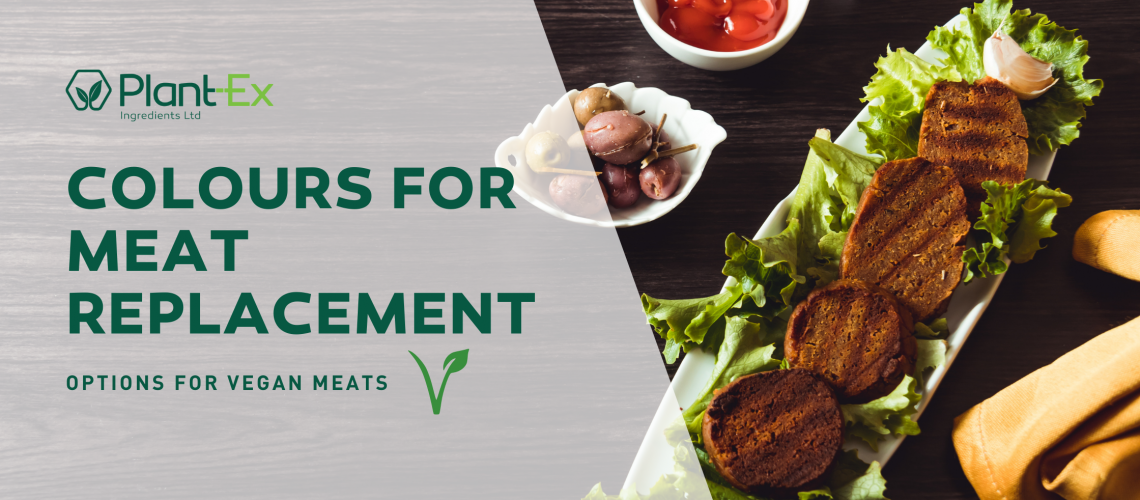Colours for vegan meat applications are fairly limited to red-pink shades or brown shades, depending on the meat manufacturers are looking to replicate and whether you want a cooked appearance, or a raw meat appearance. Naturally, when manufacturers are looking to colour actual meat we would recommend carmine, derived from cochineal beetles. This is not an option for vegans or vegetarians, so in this blog post, we will pinpoint the pros and cons of alternative colours for vegan meat products.
Pink and Red Shades:
Red Beet
Red Beet is a clean-label colour derived from beetroots, and is the typical choice when looking to replace carmine.
It gives a strong pink-red shade, perfect for emulating the look of fresh/raw meat. However, it is very well known that red beet is not heat-stable. Although that isn’t ideal for bakery products, this actually works in favour of vegan meat products because when heated, the naturally occurring sugars in the red beet caramelise, giving you a brown shade. For products such as burgers and minced meat, this is ideal and as a result is a product we would highly recommend for vegan meat products.
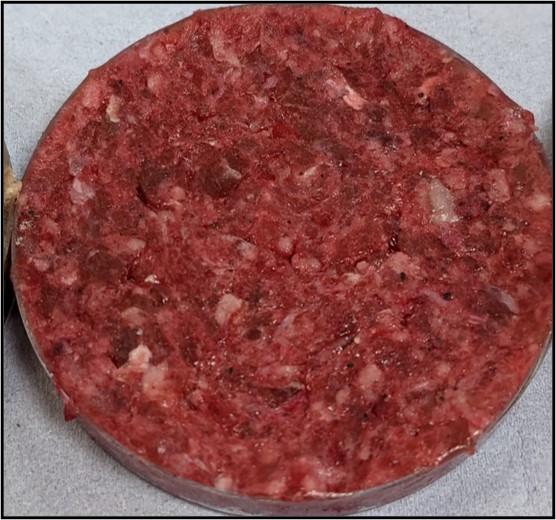
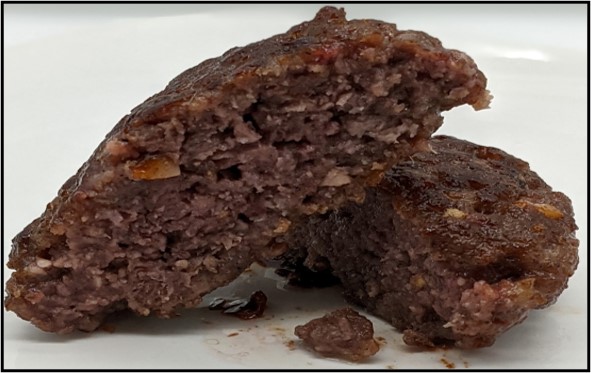
Not only would red beet work in vegan mince or burgers, it is very well suited for products that don’t require cooking prior to consumption, but need a strong red colour – an example being vegan dry-cured sausages. If you’re looking for a slightly more orange-red shade, we recommend a blend of red beet and paprika, or red beet and carotene. Both options are available from Plant-Ex – get in touch to find out more.
Further stabilisation of red beet can be achieved through the addition of antioxidants, such as rosemary. This is to offer complete protection of the pigments over the shelf life period. See our blog post here about anti-oxidants in meat products: FPS Meat Application
Anthocyanins
The Anthocyanin family of pigments provides a diverse range of red and pink shades, with better stability towards heat than red beets. This makes Anthocyanin colours particularly suitable for use in ‘cooked’ vegan products, as they can maintain the pink/red colour throughout the cooking process.
Anthocyanins are sensitive to pH, meaning the shade given depends on whether the pH is acidic, neutral or alkali. In acidic pH (3-5) the shades given include pinks and reds. As you work your way to more alkali pH (6-8), the shades given are purple-blue.
Radish is the most effective Anthocyanin for use in vegan meat products, primarily due to the fact it can produce a pink/red shade across a wider pH range (3 – 6) compared to other Anthocyanin sources. Therefore it is commonly used in Plant-Ex’s heat stable blends, as the colour will withstand cooking for longer than Beetroot, meaning a pink/red shade is delivered after cooking.
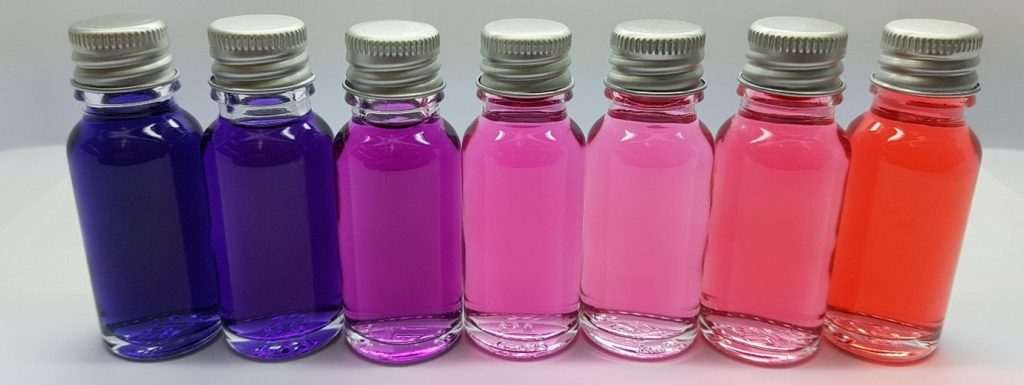
*NOTE: Radish Extract will not remain blue in alkali pH for longer than 24 hours.
Typical applications of Radish Extract are processed vegan meats, including vegan Bacon, as well as plant based strips/chunks and minced products. By blending with other colours it is possible to extend the shade’s possibilities into deep reds and oranges.
Check out our blog post here for more information on anthocyanins: Anthocyanins 101
Brown Shades:
Malt Extract
Malt Extract is used as a clean-label, dark brown shade by a lot of vegan manufacturers, particularly in the manufacturing of fake beef. It produces a cooked, caramelised appearance, while delivering a mild Malt like taste, which can help to mask any of the proteins used. You can deepen the hue of malt extract by adding in red and pink shades, such as red beet. Please note, malt extract comes with a declarable barley allergen.
Burnt Sugar
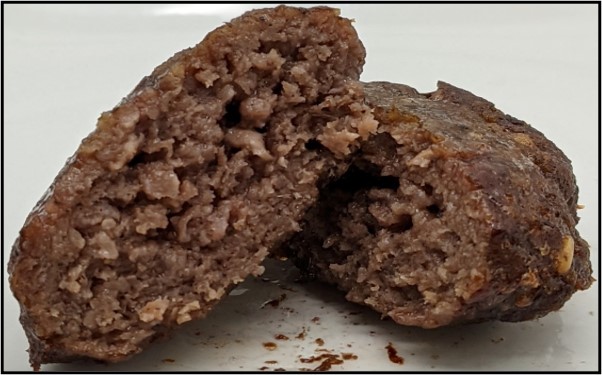
Burnt Sugar can be used as a clean-label, light brown shade, producing a golden caramel colour with a slightly bitter taste. Due to it being clean label, you can declare this as ‘Plain Caramel’ on the back of pack. For vegan manufacturers, a clean-label declaration may be desirable as there is a lot of scrutiny that vegan meat alternatives are ‘highly processed’.
Similarly to malt extract, burnt sugar can be mixed with red and pink shades to enhance the colour hue.
Antioxidants
Although this blog post is primarily highlighting what colours Plant-Ex would suggest using in vegan meat products, we would highly recommend pairing our colours with anti-oxidants to prevent the colours from fading due to oxidation. We have undertaken significant research in which anti-oxidants work best in meat and vegan meat alternatives, which you can read here: Carmine Replacement in Minced Beef Applications.
Are you a vegan meat manufacturer looking to introduce a new colours supplier for your food ingredients? Get in touch with us today for a quote: sales@plant-ex.com
